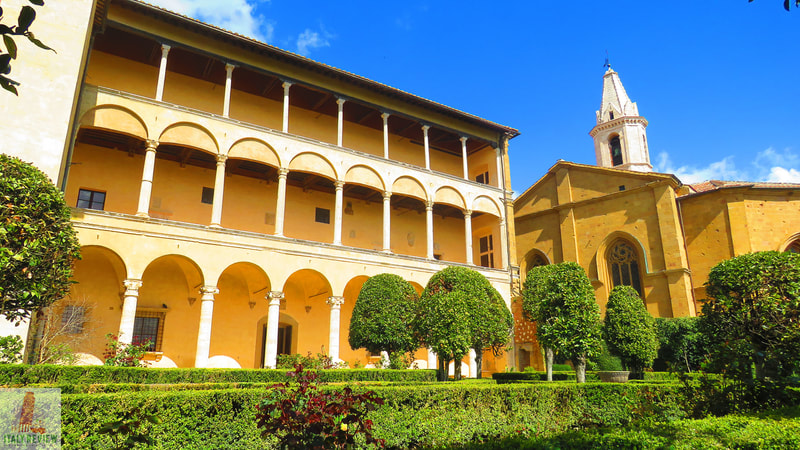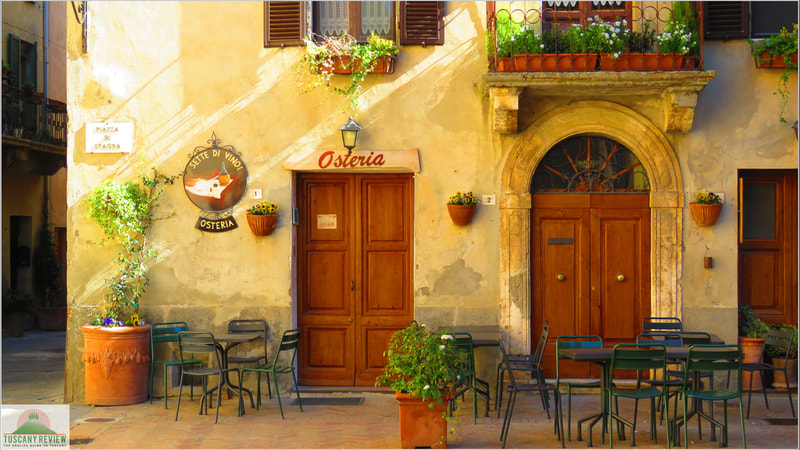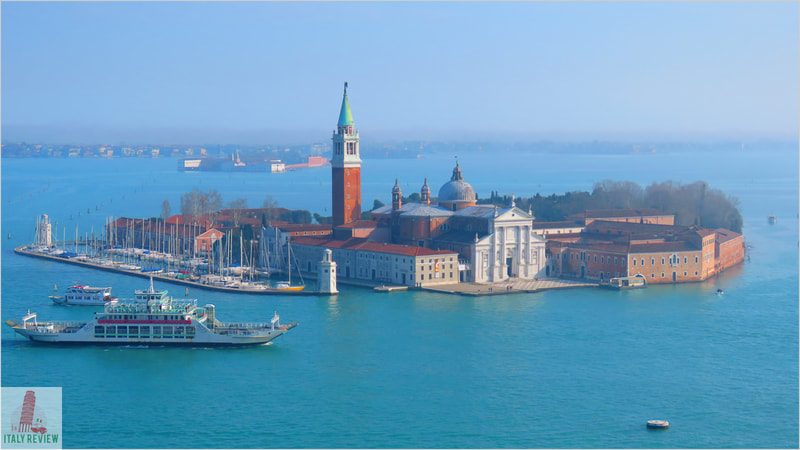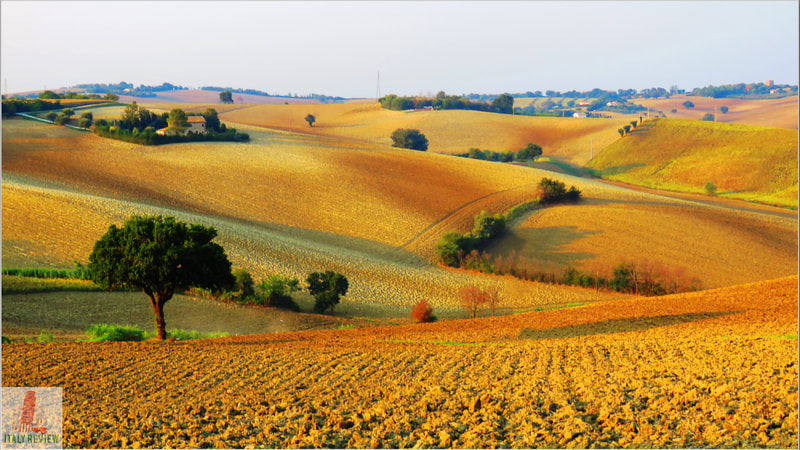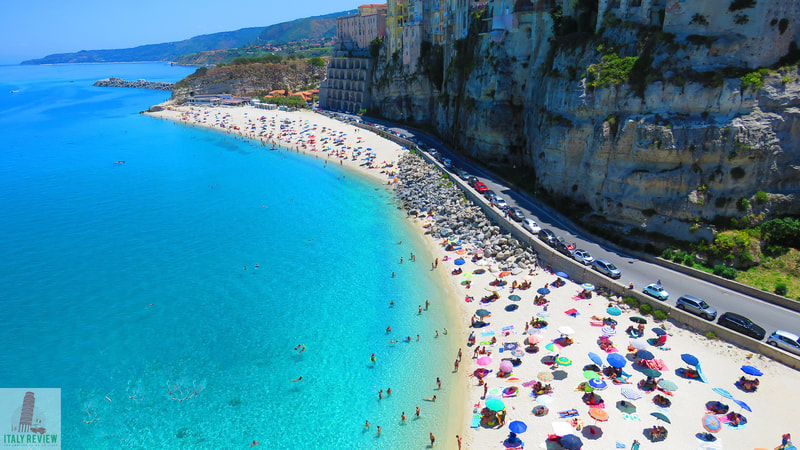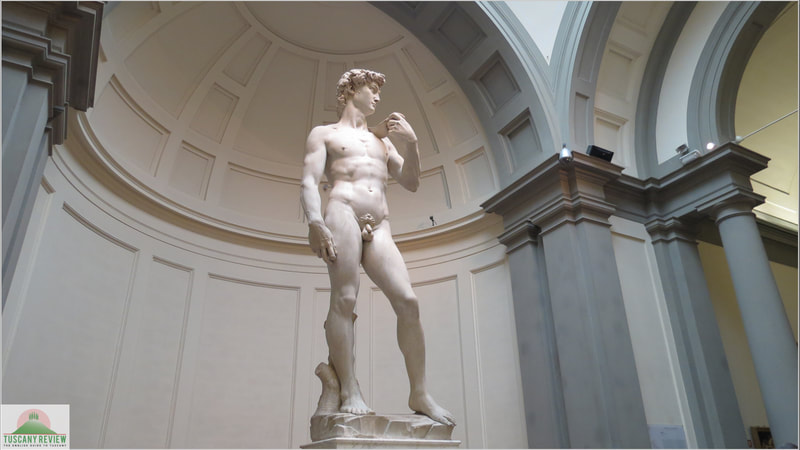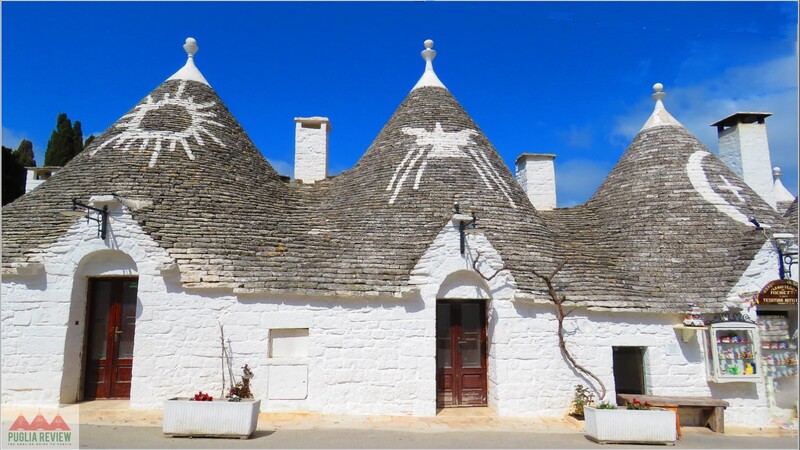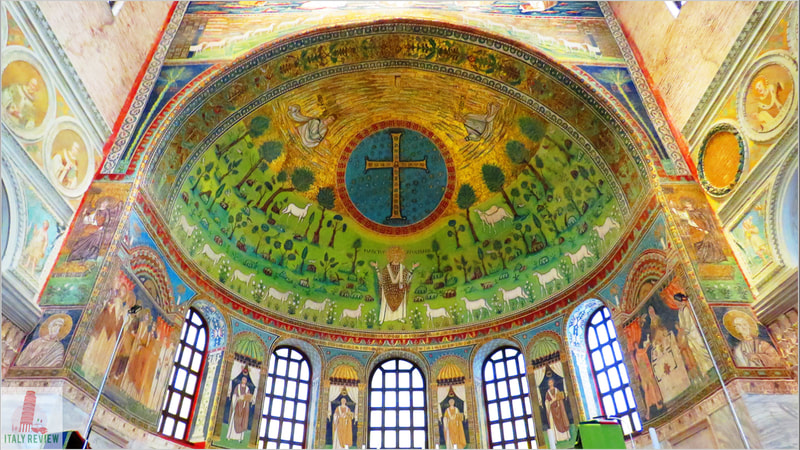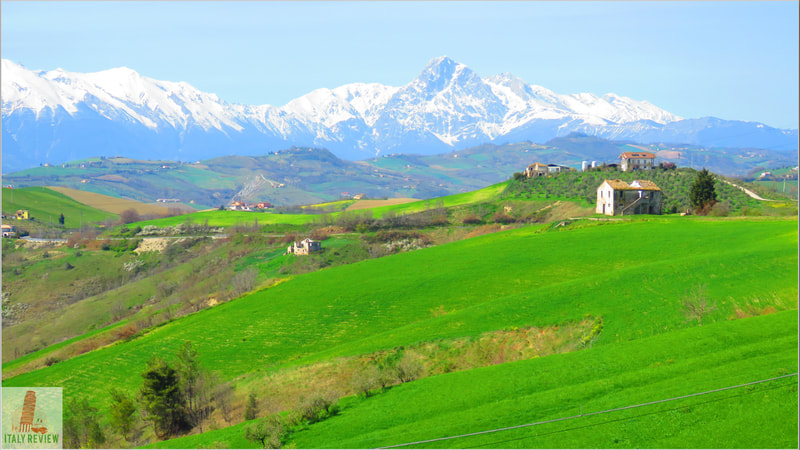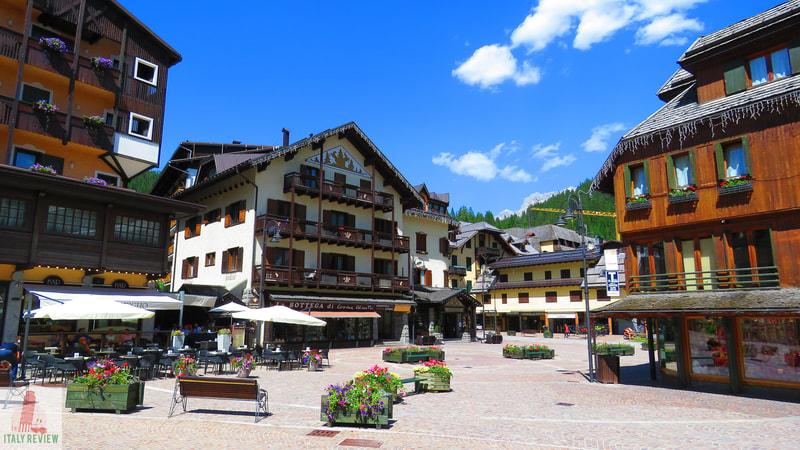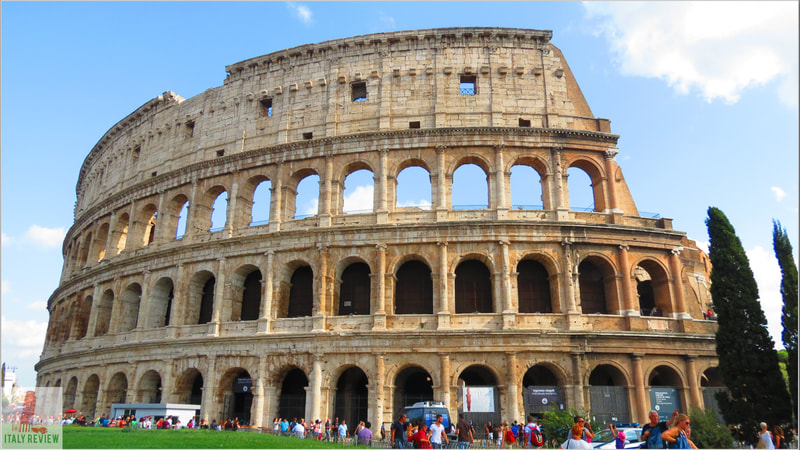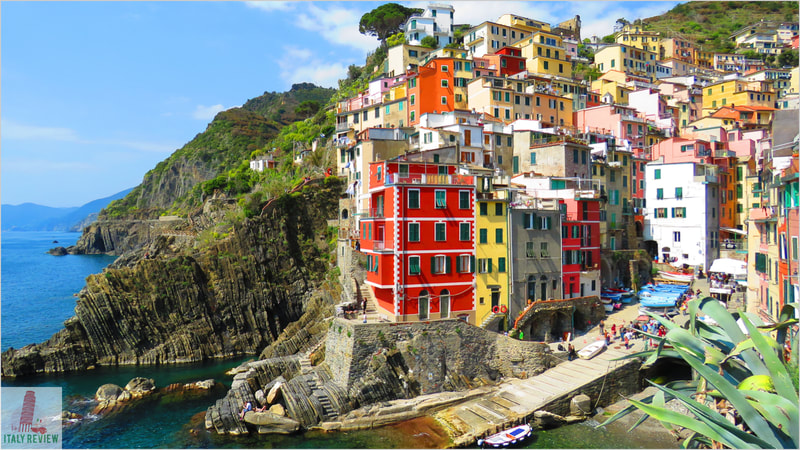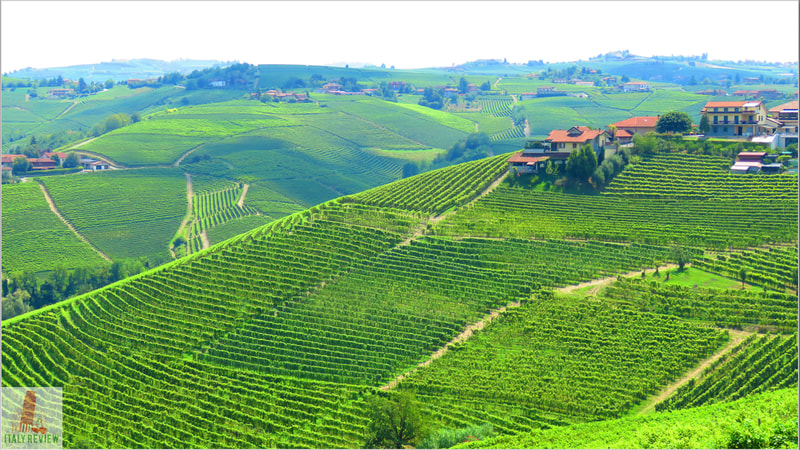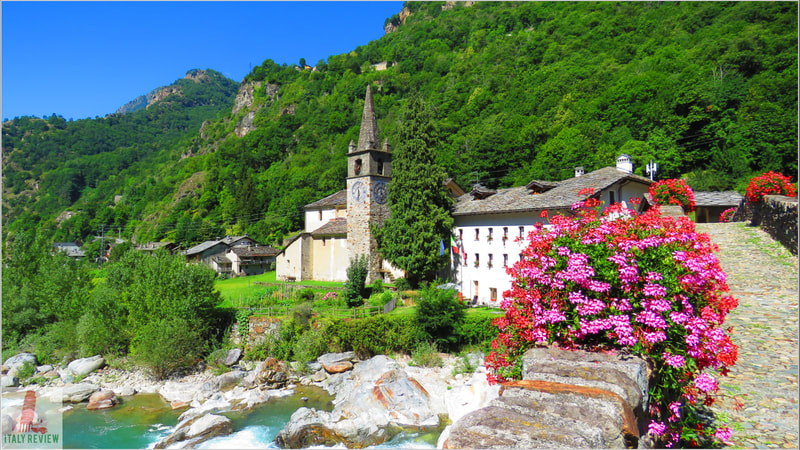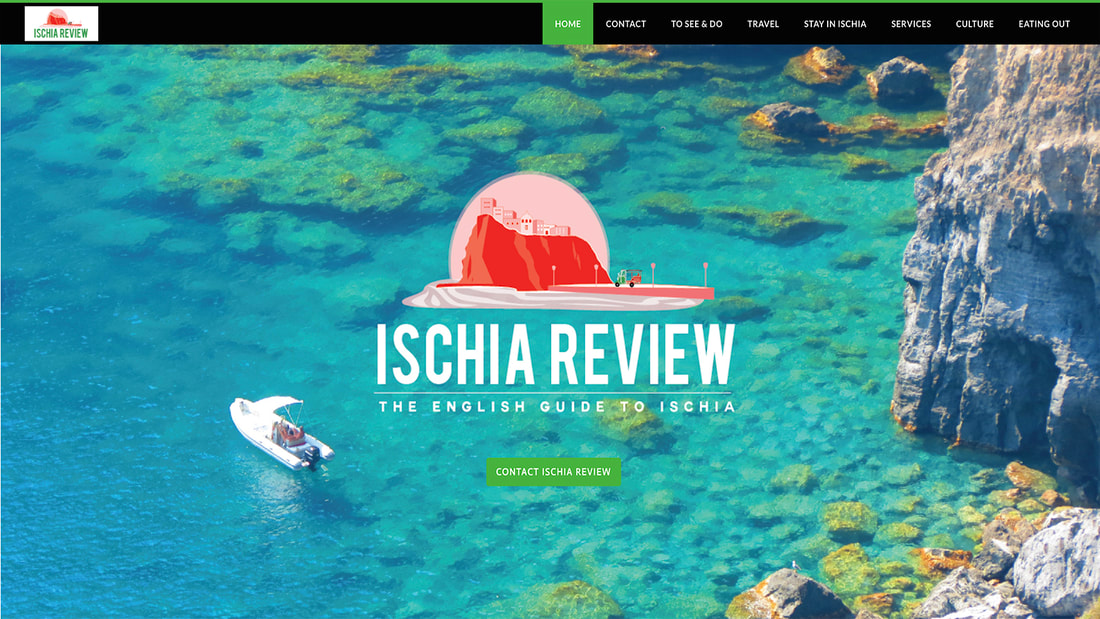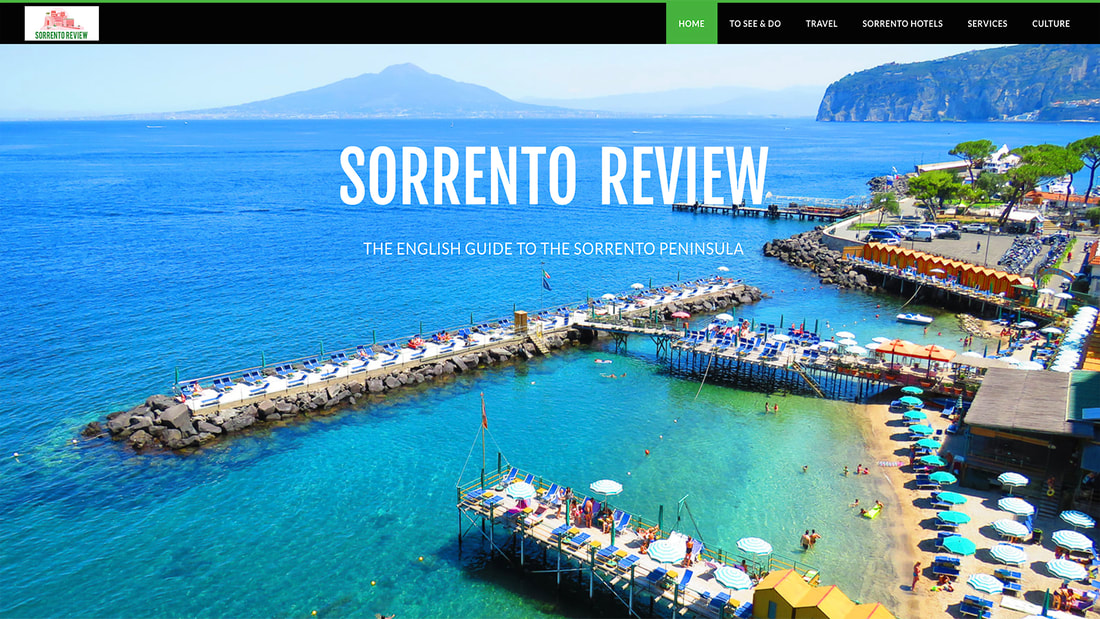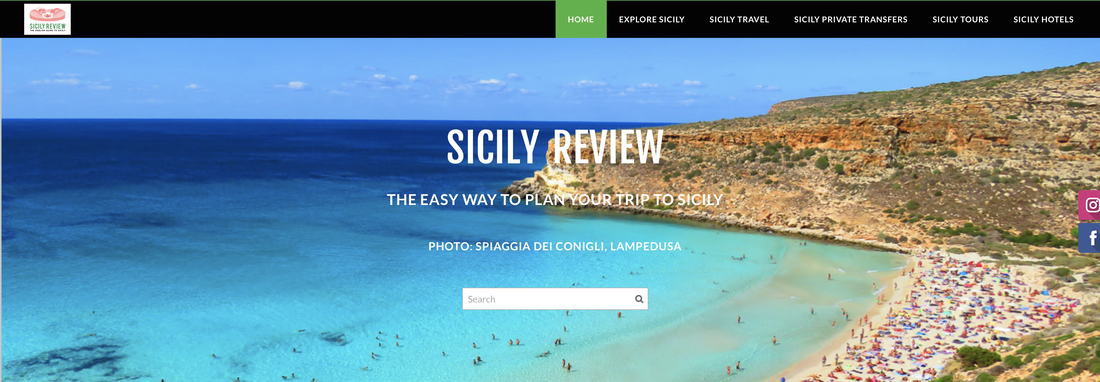Pienza
|
By Dion Protani
|
Latest update: 30 December 2023
|
|
Sitting at the heart of the incomparable Val d'Orcia, the town of Pienza is a Renaissance gem, recognised as a UNESCO World Heritage Site since 1996.
Pienza sits at an elevation of 491 metres, giving it majestic views over the rolling hills of the surrounding area. One of the most important hill towns in Tuscany, it has a fascinating history. |
Related links
Pienza: The Perfect Renaissance City
Pienza owes its fame and indeed its very name to Pope Pius II, born Enea Silvio Bartolomeo Piccolomini (1405 - 1464), who set about transforming the sleepy little backwater on ascension to his papal throne.
The little village of Corsignano just didn't carry the grandeur that such an aspirational figure would be proud to call his home town and with this in mind, Pope Pius II employed the architect Bernardo Rossellino to create the perfect Renaissance city, to be the embodiment of his humanist ideals.
Pienza owes its fame and indeed its very name to Pope Pius II, born Enea Silvio Bartolomeo Piccolomini (1405 - 1464), who set about transforming the sleepy little backwater on ascension to his papal throne.
The little village of Corsignano just didn't carry the grandeur that such an aspirational figure would be proud to call his home town and with this in mind, Pope Pius II employed the architect Bernardo Rossellino to create the perfect Renaissance city, to be the embodiment of his humanist ideals.
Piazza Pio II
In 1459, just a year after Pius II's papacy began, work commenced on the transformation of Corsignano which at that point was renamed Pienza, a derivative of his papal name, along the lines of "City of Pius".
The main area of development in the newly-named Pienza took place around the Piazza Pio II. The centrepiece of the square was Pienza Cathedral which took just three years to complete and was notable for its large windows which were intended to flood the building with light, a symbol of the illuminating period of change within which the building was created.
In 1459, just a year after Pius II's papacy began, work commenced on the transformation of Corsignano which at that point was renamed Pienza, a derivative of his papal name, along the lines of "City of Pius".
The main area of development in the newly-named Pienza took place around the Piazza Pio II. The centrepiece of the square was Pienza Cathedral which took just three years to complete and was notable for its large windows which were intended to flood the building with light, a symbol of the illuminating period of change within which the building was created.
Palazzo Vescovile
The eastern side of Piazza Pio II is taken up the Palazzo Vescovile which now houses the Museo Diocesano. This same building is also known as the Palazzo Borgia; representing something of a departure from the slightly egotistic naming convention of the new town's buildings, Pius II donated the palace to the then cardinal Rodrigo Borgia on condition that he renovate it to fit in with the bold new architectural vision. This the cardinal did before going on to become one of, if not the most infamous popes of them all: Pope Alexander VI.
The eastern side of Piazza Pio II is taken up the Palazzo Vescovile which now houses the Museo Diocesano. This same building is also known as the Palazzo Borgia; representing something of a departure from the slightly egotistic naming convention of the new town's buildings, Pius II donated the palace to the then cardinal Rodrigo Borgia on condition that he renovate it to fit in with the bold new architectural vision. This the cardinal did before going on to become one of, if not the most infamous popes of them all: Pope Alexander VI.
Palazzo Piccolomini
Opposite the Palazzo Borgia/Palazzo Vescovile on the western side of Piazza Pio II is the pope's former home. For the avoidance of any shred of doubt about who lived there the building was named the Palazzo Piccolomini (using the pope's original surname).
This is arguably the most beautiful of the three main buildings in the centre of Pienza with its papal apartments, courtyard and elegant triple-tiered loggia overlooking a beautiful Renaissance garden with the sweeping grace of the Val d'Orcia in the background.
Opposite the Palazzo Borgia/Palazzo Vescovile on the western side of Piazza Pio II is the pope's former home. For the avoidance of any shred of doubt about who lived there the building was named the Palazzo Piccolomini (using the pope's original surname).
This is arguably the most beautiful of the three main buildings in the centre of Pienza with its papal apartments, courtyard and elegant triple-tiered loggia overlooking a beautiful Renaissance garden with the sweeping grace of the Val d'Orcia in the background.
Corso Il Rosselino: Pienza's main street
Piazza Pio II backs on to the main thoroughfare of Corso Il Rossellino which runs through the centre of Pienza on an east-west axis. From the town gate of Porta al Murello (also known as Porta al Prato) at the western end of Pienza to the Porta al Ciglio at the eastern end is a distance of no more than 300 metres which you would cover in 5 minutes were you not to stop along the way.
It is within this area that most of Pienza's beauty lies; the Corso is lined with dozens of great bars and restaurants and a number of shops selling the locally-produced Pecorino cheese, naturally-packaged in hay.
Piazza Pio II backs on to the main thoroughfare of Corso Il Rossellino which runs through the centre of Pienza on an east-west axis. From the town gate of Porta al Murello (also known as Porta al Prato) at the western end of Pienza to the Porta al Ciglio at the eastern end is a distance of no more than 300 metres which you would cover in 5 minutes were you not to stop along the way.
It is within this area that most of Pienza's beauty lies; the Corso is lined with dozens of great bars and restaurants and a number of shops selling the locally-produced Pecorino cheese, naturally-packaged in hay.
Chiesa di San Francesco
Also along the Corso the Chiesa di San Francesco is one of the few buildings that belong to Pienza's earlier incarnation as Corsignano, dating back to the 8th century and notable as much as anything for the different style of architecture, as well as some frescoes that still adorn the walls, even if much of the original work has been lost.
Also along the Corso the Chiesa di San Francesco is one of the few buildings that belong to Pienza's earlier incarnation as Corsignano, dating back to the 8th century and notable as much as anything for the different style of architecture, as well as some frescoes that still adorn the walls, even if much of the original work has been lost.
Piazza di Spagna
San Francesco lies just a few steps west of Piazza Pio II while the same distance to the north of the square brings you to the exquisite little Piazza di Spagna with its outdoor restaurants somehow encapsulating exactly what Tuscany should look and feel like. Then in a different way, if you walk south of Piazza Pio II, behind the Cathedral you come to a narrow lane called the Belvedere (Panoramic Viewpoint) from where you can take in those typical Tuscan landscapes of rolling hills stitched together by tall cypress trees.
San Francesco lies just a few steps west of Piazza Pio II while the same distance to the north of the square brings you to the exquisite little Piazza di Spagna with its outdoor restaurants somehow encapsulating exactly what Tuscany should look and feel like. Then in a different way, if you walk south of Piazza Pio II, behind the Cathedral you come to a narrow lane called the Belvedere (Panoramic Viewpoint) from where you can take in those typical Tuscan landscapes of rolling hills stitched together by tall cypress trees.
Pieve di Corsignano
West of the historic centre brings you first to the pleasant park area of Piazza Dante and at this point Pienza becomes more residential and somewhat less Renaissance. A ten minute walk (600 metres) from the park on Piazza Dante, continuing west, away from the historic centre, eventually brings you to the Pieve di Corsignano, the 12th century church that pre-dates Pope Pius II and affords some further vistas of the Val d'Orcia.
West of the historic centre brings you first to the pleasant park area of Piazza Dante and at this point Pienza becomes more residential and somewhat less Renaissance. A ten minute walk (600 metres) from the park on Piazza Dante, continuing west, away from the historic centre, eventually brings you to the Pieve di Corsignano, the 12th century church that pre-dates Pope Pius II and affords some further vistas of the Val d'Orcia.
Close to Pienza
Blessed as Pienza is with its Renaissance architecture and the name of a Pope, it isn't blessed with a train station and whilst there are local buses in operation, public transport connections to the major cities in the area can be complicated. To really get the benefit of this extraordinary area you need a car. Just on Pienza's doorstep and mentioned several times above is the incredible valley region called the Val d'Orcia: itself a UNESCO World Heritage Site and the epitome of Tuscan countryside. This is one of the most enjoyable areas to simply drive in Italy where you can meander around the country roads while stopping intermittently at some of the smaller towns close by.
The first town to the west of Pienza is San Quirico d'Orcia which is smaller than Pienza but charming nevertheless and it's really the direction to go to enjoy the best scenery. From San Quirico d'Orcia I recommend heading south to Bagno Vignoni and Castiglione d'Orcia before heading east to Radicofani and creating a circular route that then heads north to Sarteano and finally Montepulciano. This route provides not only the beautiful landscapes but also some of the nicest smaller towns and villages in the area, culminating in Montepulciano which is one of Tuscany's most important hill towns.
Another beautiful, scenic drive can be enjoyed by heading north towards first Trequanda and then the town of Asciano, passing through the bucolic area south of Siena known as the Crete Senesi before moving on to the city itself. Alternatively, a 50 minute drive east of Pienza takes you across the regional border into Umbria and the beautiful Lake Trasimeno with its islands that can be visited by ferry and pretty lakeside towns such as Castiglione del Lago and Passignano sul Trasimeno.
Blessed as Pienza is with its Renaissance architecture and the name of a Pope, it isn't blessed with a train station and whilst there are local buses in operation, public transport connections to the major cities in the area can be complicated. To really get the benefit of this extraordinary area you need a car. Just on Pienza's doorstep and mentioned several times above is the incredible valley region called the Val d'Orcia: itself a UNESCO World Heritage Site and the epitome of Tuscan countryside. This is one of the most enjoyable areas to simply drive in Italy where you can meander around the country roads while stopping intermittently at some of the smaller towns close by.
The first town to the west of Pienza is San Quirico d'Orcia which is smaller than Pienza but charming nevertheless and it's really the direction to go to enjoy the best scenery. From San Quirico d'Orcia I recommend heading south to Bagno Vignoni and Castiglione d'Orcia before heading east to Radicofani and creating a circular route that then heads north to Sarteano and finally Montepulciano. This route provides not only the beautiful landscapes but also some of the nicest smaller towns and villages in the area, culminating in Montepulciano which is one of Tuscany's most important hill towns.
Another beautiful, scenic drive can be enjoyed by heading north towards first Trequanda and then the town of Asciano, passing through the bucolic area south of Siena known as the Crete Senesi before moving on to the city itself. Alternatively, a 50 minute drive east of Pienza takes you across the regional border into Umbria and the beautiful Lake Trasimeno with its islands that can be visited by ferry and pretty lakeside towns such as Castiglione del Lago and Passignano sul Trasimeno.
Comune di Pienza
|
Province: Siena
Region: Tuscany Population: 2,007 (source: ISTAT 1 January 2023) Total size: 123 km² Elevation: 491 metres Top sights: Pienza Cathedral, Palazzo Piccolomini, Piazza Pio II Close by: Val d'Orcia, San Quirico d'Orcia, Montepulciano Recommended accommodation: Piccolo Hotel La Valle |
UNESCO World Heritage Site
Historic Centre of the City of Pienza
Year: 1996
Historic Centre of the City of Pienza
Year: 1996

